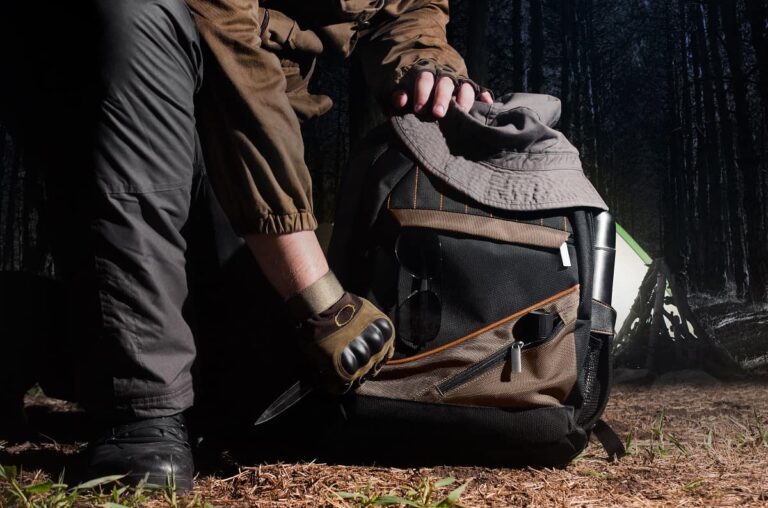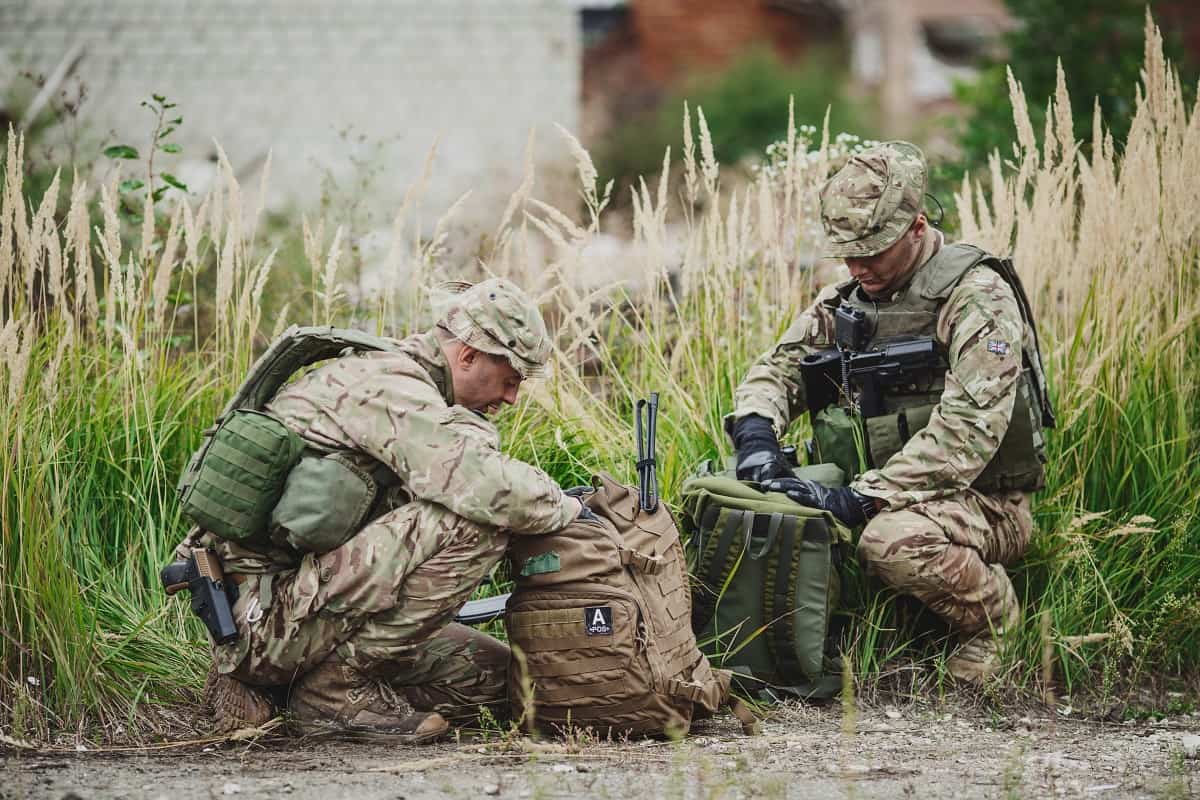Signup for our monthly newsletter and get your FREE "Tactical Gear" Guide
How to Pack a Tactical Backpack: A Beginner’s Guide
- Home
- Tactical Backpacks Advice
- How to Pack a Tactical Backpack

This site contains affiliate links to products. We may receive a commission for purchases made through these links.
When packing a tactical backpack, it is very important to keep two things in mind: your comfort and purpose.
If your mission has specific needs and requires certain tools, you will obviously need to incorporate those materials into your packing routine. However, it is also essential that you will be able to carry your backpack around comfortably. This will ensure that you do not become injured or compromised while carrying your bag around.
In this article, we will be discussing the standard features of a tactical backpack, what you will need when packing, and how to go about packing your bag.
The Standard Features of a Tactical Backpack
If you have not yet purchased a tactical backpack and are debating what you should look for in one, you have come to the right place. There are a few standard features that your backpack will need in order for you to be fully prepared on your next adventure.
These standard features include:
- A spacious main storage area
- Zippered pockets
- Reinforced grab-and-go handles
- Interior pockets and gear-specific compartments
- A water-resistant outer coating
- Easy-to-access exterior pockets
- Compression straps
- A hydration compartment
What You Will Need to Pack
As we have mentioned, the contents of your tactical backpack depend on what your mission is. For example, if you are planning on rock climbing, the correct rock climbing equipment will need to be a priority when packing your backpack. However, if your mission involves a few nights spent outdoors, camping gear will be more critical.
With that being said, there are a few basic items that you should never leave off of your packing list:
- A first aid kit
- Food (high-protein and energy-boosting meals are most suitable)
- Personal hygiene products
- Important tools (Ffor example, a flashlight and a pocket knife)
- Water
- Bedding
- Warm clothing
- Communication equipment
- Fire-starting equipment
- A tent
- Defense tools

How to Pack Your Tactical Backpack
Many experts describe packing a tactical backpack like building a pyramid – heavier and larger items should always go in first, while lighter and smaller items should be placed in the bag last. This setup makes the backpack much easier to carry, meaning that you will not have to worry about back problems while on your mission.
It is also a smart idea to store heavier objects against the frame of your backpack. This will provide maximum support, which will make carrying your bag even easier.
We have already discussed that all tactical backpacks should have easy-to-access exterior pockets. If you have any items that you will be reaching for constantly, place them into these compartments. For instance, if you are going to be hiking through caves or other dark places, storing your flashlight in an accessible pocket is very important.
The Bottom Layer
The first items that you pack into your backpack should be the objects that you will not need to access often, as well as cumbersome equipment. They should be items that you will only use if you are setting up camp or stopping for an extended period of time.
For example, if you will be spending multiple nights outdoors, you will want to store your hygiene products and spare clothes at the bottom of your bag. This is because you will not be able to access these items without unpacking your entire rucksack first.
The In-between Layer
Your shelter and warm clothing should be kept in the middle layer of your tactical backpack. This is because these items are often not overly heavy, and they may be needed at any point in your journey.
This layer is also a great place to keep extra food and water. In other words, the in-between section of your backpack is used to store any items that you probably won’t need but could be useful in emergency situations.
The Top Layer
As we have mentioned, this layer is used to store lighter objects, such as a spare pair of socks, a poncho, navigation equipment, and self-defense tools. The top layer should contain any items that you will be reaching for often, including water and snacks.
Conclusion
There are a few standard features that your tactical backpack should have in order to ensure that your next adventure is successful. These features include a spacious main storage area, zippered pockets, grab-and-go handles, interior pockets, easy-to-access exterior pockets, and a hydration compartment.
The materials that you will need to store in your backpack depend on your mission. However, there are a few essential tools, such as shelter, water, food, a flashlight, a first aid kit, warm clothing, and self-defense tools.
When packing your tactical bag, ensure that heavy and large items are placed in first. Objects that you will not need often should also be placed in the bottom layer. The middle layer is perfect for medium-sized tools and emergency supplies, such as extra food and water. Finally, lighter and important objects should be placed in the bag last. These items include water, food, and navigation equipment.
